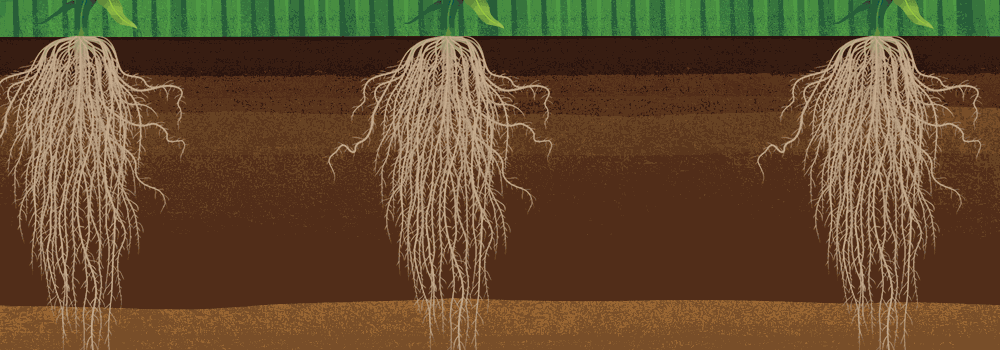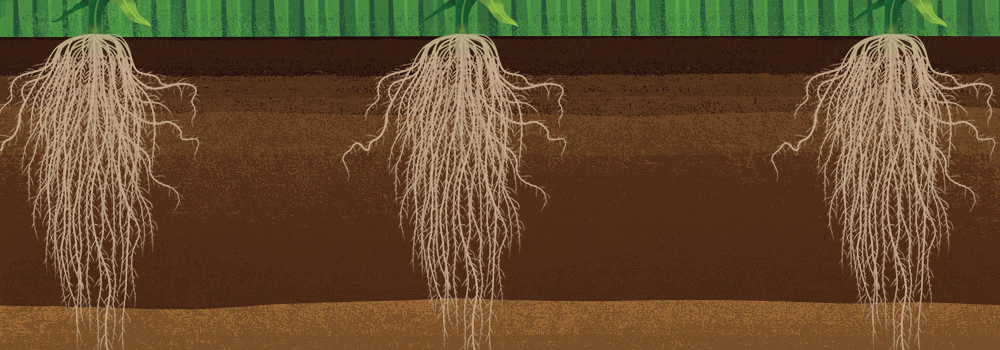Soil test results are only as good as the quality of the soil samples. While it may seem obvious, it is important to stick with basic best practices:
- Use a quality soil sample probe rather than a spade.

2. Pull a minimum of 8 to 12 cores to produce a representative sample of each area of interest (e.g., entire field, management zone, or grid). Pulling six to eight cores per grid in grid-sampling situations is common.

3. Core samples should always be pulled from a consistent depth. Standard topsoil depths include 6, 8 and 10 inches.

4. Do not angle sample probe when collecting cores. The probe should be placed at a 90° angle to the ground.

5. Mix sample cores in a clean plastic bucket (galvanized can affect results), and place in a properly labeled soil test bag — one for each field/area. Write down the crop, realistic yield goal and other pertinent information as requested by your soil test laboratory.

As a general rule of thumb, the more samples you take and the more consistently you take them, the better the analysis you will receive from the lab.
Past practices of soil sampling every four years may not be enough in high-yield systems. High-removal systems may warrant sampling every two years. Consulting with a retail provider, consultant and soil-testing laboratory can help ensure proper fertilizer sources, rates and help monitor fluctuations in soil test levels over time.
For more information on soil sampling best practices, visit Is Your Soil Up to the Challenge?